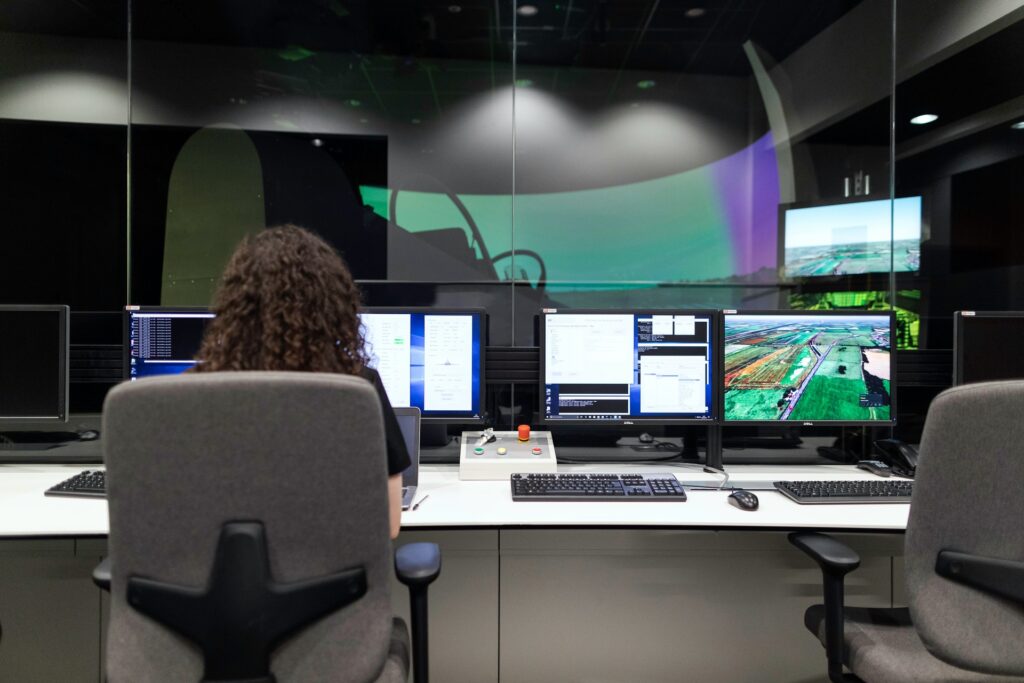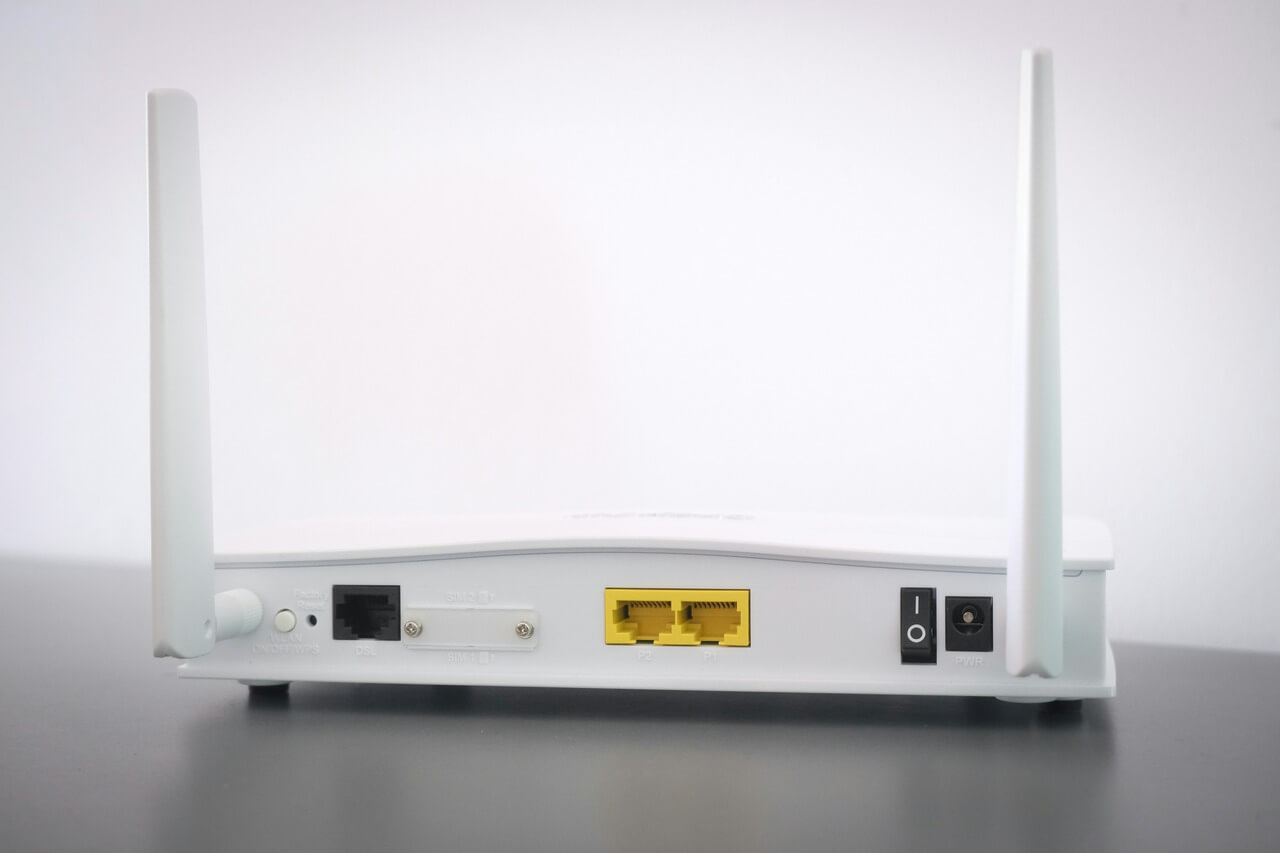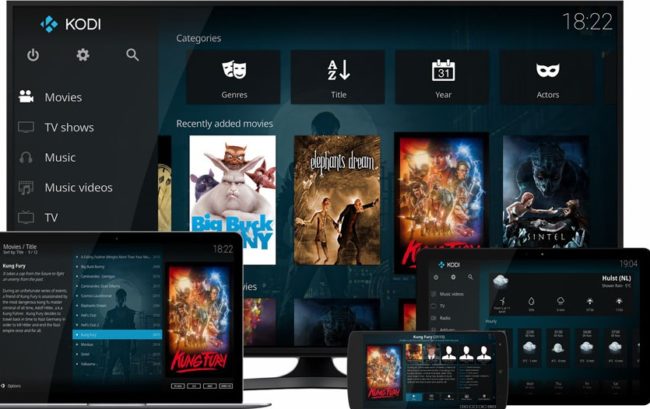Many people may wonder, “What is a digital twin?” It’s a virtual replica of a physical object, system or process used to analyze data, monitor systems and predict future outcomes. In modern technology, digital twins have become essential for improving efficiency, reducing costs and enabling real-time decision-making.
Industries like manufacturing use digital twins to optimize production. At the same time, health care leverages them for personalized treatments and medical device testing. In smart cities, they enhance infrastructure management, energy distribution and urban planning. These factors make digital twins crucial for future innovation across these sectors.
What Are Digital Twins?
A digital twin is a virtual model of a physical object or system that mirrors real-world entities in real time. This replication is made possible by collecting data through sensors and IoT devices, which continuously transmit information to the virtual model. A digital twin has five core components:
- Physical environment: It represents the actual object or system
- Virtual environment: The digital counterpart
- Data environment: It stores and processes incoming data
- Analytical environment: It’s where insights are generated and predictions are made
- Connectivity: It links all components, ensuring real-time synchronization and continuous updates.
How Do Digital Twins Work?
The technology behind digital twins is driven by sensors, IoT devices and data analytics that work together to create highly accurate virtual models. Sensors installed in physical objects gather real-time temperature, pressure and movement data.
These sensors are essential for understanding the physical environment and ensuring the digital model accurately reflects the real system’s functions. Through the IoT, this data is continuously transmitted to the digital twin. This forms a feedback loop in which the virtual model receives, analyzes and responds to the physical system’s data.
This feedback loop offers digital twins powerful capabilities like real-time monitoring and predictive analysis. As data flows from the physical object to the digital twin, it’s analyzed using advanced tools to generate insights and optimize performance.
These insights help businesses make quick adjustments or plan long-term improvements, ensuring their systems run more efficiently and prevent future problems. The ability to monitor systems in real time and predict issues before they arise makes digital twins essential for optimizing operations across various industries.
Common Applications of Digital Twins
Digital twins transform how industries operate by providing real-time insights and optimizing performance. From manufacturing to health care and smart cities, these virtual models are being applied innovatively to drive efficiency and improve decision-making.
Manufacturing
Digital twins are critical in predictive maintenance. They continuously monitor equipment performance and identify potential issues before they lead to costly downtime. In product design, they allow manufacturers to simulate and test new designs virtually, speeding up innovation while reducing the need for physical prototypes.
Regarding production optimization, digital twins analyze real-time data to fine-tune processes, improving efficiency and reducing waste. It’s no surprise that 29% of global manufacturing companies have already fully or partially implemented digital twin strategies to gain a competitive edge in these areas.
Smart Cities
Digital twins revolutionize city planning by creating virtual models of urban environments. They allow planners to simulate infrastructure changes and assess their impact before implementation. This helps cities design more efficient layouts, optimize space usage and improve long-term sustainability. In traffic management, digital twins monitor real-time data on vehicle flow and congestion, enabling better traffic predictions and adjustments to reduce delays and improve mobility across the city.
Meanwhile, digital twins also track energy consumption in buildings and public utilities to identify areas where efficiency can be improved. Simulating different energy strategies allows cities to reduce waste, lower costs and support renewable energy initiatives. These advancements make digital twins crucial for building smarter, more sustainable urban environments.
Aerospace
In the aerospace industry, digital twins are integral to aircraft design. They enable engineers to virtually test new designs under various conditions before building physical prototypes. This reduces development time and costs while ensuring optimal performance. Digital twins continuously monitor aircraft components for maintenance, predicting when parts need repair or replacement. This proactive approach helps avoid unexpected breakdowns and ensures safety.
In performance monitoring, digital twins gather and analyze data during flights, providing insights into how the aircraft performs under different conditions. This allows for ongoing optimization of flight operations, fuel efficiency and overall performance. These factors ensure aircraft operate at peak levels throughout their lifespan.
Health Care
In personalized medicine, digital twins create virtual models of individual patients, enabling health care providers to tailor treatments based on a person’s unique biological makeup. Simulating how treatments interact with a patient’s body allows doctors to choose the most effective therapies while minimizing side effects. In virtual surgeries, surgeons can practice procedures on a patient’s digital twin before surgery, reducing risks and improving precision.
Additionally, digital twins are crucial in monitoring health data to detect early signs of deterioration, even in pre-symptomatic states. With the help of predictive analytics, health care providers can intervene earlier, preventing complications and offering more timely, personalized care. This leads to better outcomes and more efficient health care delivery.
Benefits of Using Digital Twins
Digital twins offer various advantages across industries, making them a valuable tool for improvising operations and decision-making. Replicating physical systems in real time provides critical insights that can optimize performance, reduce costs and mitigate risks. Here are some of the key benefits of using digital twins:
- Cost efficiency: Digital twins help reduce operational and maintenance costs by identifying potential issues early and optimizing processes.
- Improved performance: Continuous real-time monitoring and adjustments ensure systems operate efficiently.
- Enhanced innovation: Digital twins enable virtual testing of new ideas and designs, allowing faster development and fewer physical prototypes.
- Risk reduction: By simulating potential scenarios and outcomes, digital twins help businesses avoid costly failures and mitigate risks.
- Better decision-making: Data-driven insights from digital twins lead to more informed decisions, improving overall outcomes across operations.
Challenges of Digital Twin Technology
While digital twins provide numerous benefits, they also come with certain risks and challenges. One of the biggest concerns is the risk of data breaches and cyberattacks. As digital twins rely heavily on real-time data, any breach can compromise sensitive information. In fact, the global average cost of a data breach in 2023 was $4.45 million, making security a critical priority.
Another challenge is integrating digital twins with legacy systems, as many older systems aren’t designed to handle the complex data flows required. Additionally, there are significant upfront costs for implementation and scaling, which can be a barrier for businesses looking to adopt digital twin technology, especially for smaller organizations.
Driving Innovation and Boosting Efficiency with Digital Twins
Digital twins transform industries by enabling real-time optimization and innovation through virtual simulations and data-driven insights. Their ability to enhance operational efficiency and predict future outcomes makes them crucial for businesses aiming to stay competitive and agile in an increasingly digital world.
Recent Stories
Follow Us On
Get the latest tech stories and news in seconds!
Sign up for our newsletter below to receive updates about technology trends




